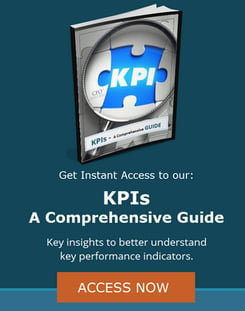An 84-year-old resident of Longview passed away this year, leaving $750,000 of her estate to three local non-profits. Relying on these types of unexpected donations is one way to build up your organization's reserves, but you can't count on these generous gifts.
Case in point is the Anacortes-based conservation nonprofit Pacific Biodiversity Institute, which just closed its doors due to a lack of funding. Whether flush with funds or struggling to keep the lights on, there’s never enough funding for a nonprofit to accomplish every initiative it would like.
Every organization needs to determine how much it requires for Operations, in Operating Reserves, and what can be dedicated to mission-focused initiatives. The answers to these questions are, of course, “It depends.”
The variables that must be considered include seasonality, worst case scenarios, and more. The key to developing a specific answer is knowledge - knowledge of the organization’s current financial state and donation history, as well as the data that is produced from a solid budget and cash forecast.
For those organizations that struggle, a plan must be developed to raise donations and reduce expenses. If you are fortunate enough to have a surplus of reserves additional questions arise. Where do you put those reserves? How should you safely manage them? While the answers vary from nonprofit to nonprofit, there are a solid set of financial best practices to follow and ensure that these questions are answered.







